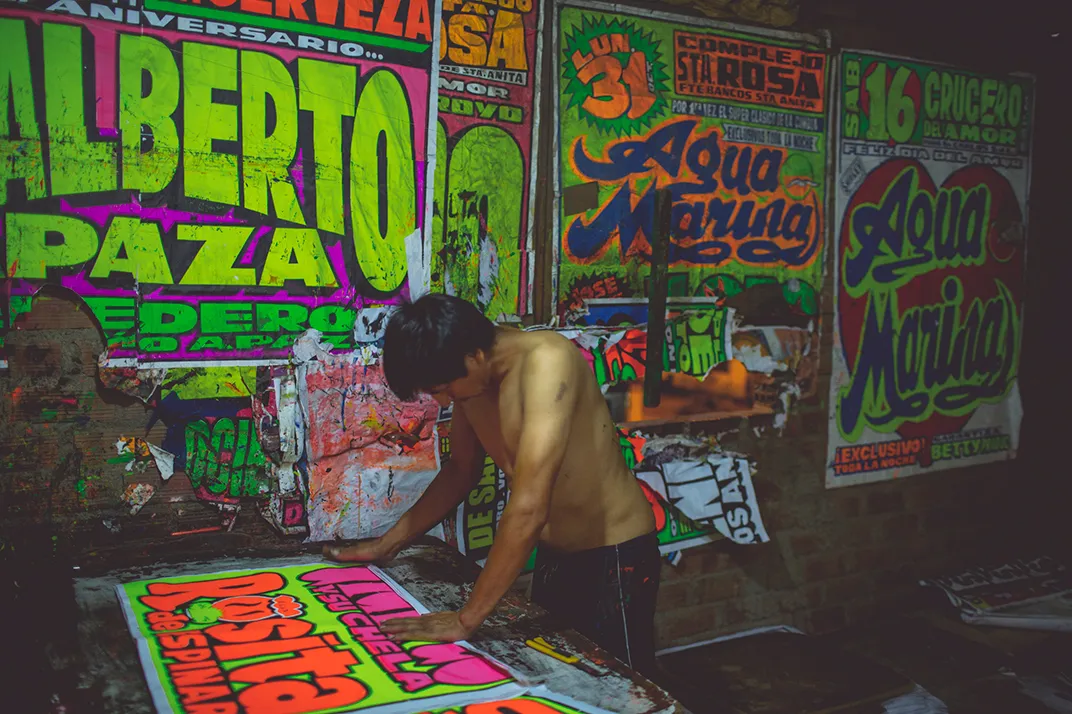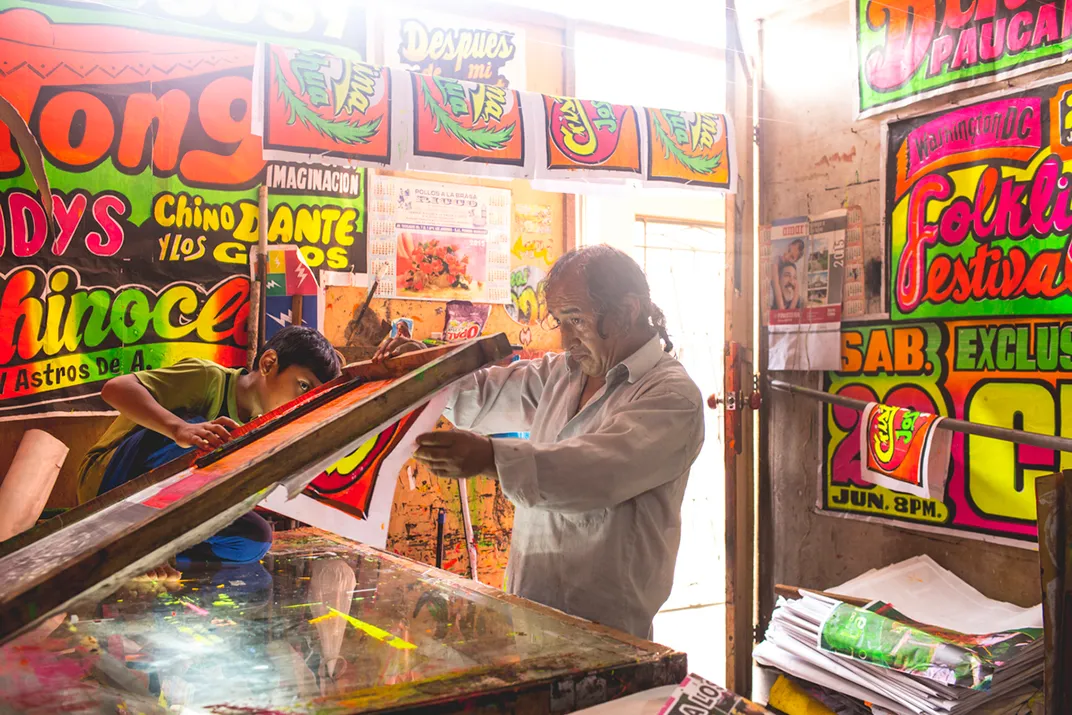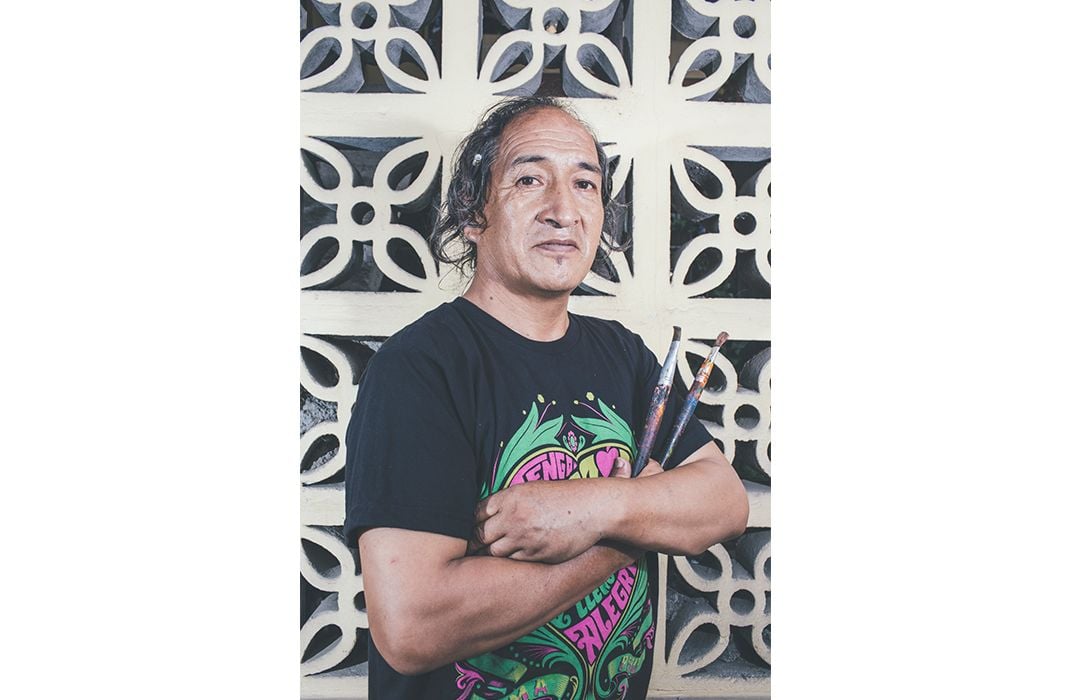When the Poster Promoting the Concert Is as Exciting as the Music, You Know You’re Listening to Chicha
The sounds, graphic art and the mestizo lifestyle that goes with the music is the latest revolt of the Peruvian masses
Along with a fine roster of Peruvian bands such as “Los Wembler’s de Iquitos” and “Tutuma,” this year’s Smithsonian Folklife Festival-goers will be able to meet and visit with the renowned Peruvian graphic artist Pedro “Monky” Tolodeo at work in a studio recreated on the National Mall in Washington, D.C.
Monky’s street posters have become synonymous with the syncopated, high energy beat of a music genre, called chicha, that embraces the migrant population thriving in the capital city of Lima. It is a music that draws energy from the streets.
A pioneer of this poster movement, Monky has designed advertising placards for a whole range of Peruvian pop bands in bold phosphorescent colors. The brightly colored pages are pasted on walls and barriers in the streets and throughways of Lima’s neighborhoods.
Chicha is a combination of music, visual art and life style derived from the cultural backdrop of Peru’s migrant highland Indians and mixed race, urban proletariat, some of whom have made money in late-20th-century oil boom in the Amazon, and who have flooded the city with their informal suburbs or “shantytowns.” This dramatic process of displacement and immigration has inspired a form of pop music and pop culture, which distinguishes these new urban immigrants, from the resident middle and upper classes, who look to Western Europe for their cultural models.
Born in 1962 in the rural province of Junin, Monky eventually made his way to Lima as a cook and laborer. Before the move to the capital, he crafted posters in one color only, but after the move, he expanded his palette into a wildly vibrant range of bold neon colors. He says that his creations are influenced by landscapes, traditional sculpture and traditional costume.
One of the most famous icons of chicha was a singer named El Chacalon, who began his career in 1977 and was the anti-hero of working youth, representing everything the cultural and economic elite of the country despised. Like Elvis Presley in post war America, he was flamboyant, electric and rebellious, and he gave a voice to the working class and the dispossessed. When he died in 1994, at the height of his popularity, 20,000 people showed up at his funeral.
The Musicology of Chicha
Formal musicologists might label what Peruvians have come to call chicha as a variety of related but different musical styles. Much of the repertoire consists of souped-up versions of the Huayno song style of the Peruvian highlands. Unlike the more traditional highland singing style, in chicha there is very little melisma, or long melodic improvs on a single vowel as in opera. The verse and chorus structure exhibit traits, such as the call and response and the multi-rhythms of African music. If you listen closely to the guitar riffs, you can even pick up a hint of the Afro pop of Nigerian Fela Kuti. Peruvians might say that if it sounds like chicha, it is probably chicha.
The lyrics are imbued with the trials and tribulations of immigrants coming to the city, largely of Indian or Mestizo background, with their many themes of love and death and tales of the daily struggle.
In one of his songs, entitled “Muchacho Provinciano,” El Chacalon laments:
I wake up early
To go with my brothers
‘Ayayay’— to work
I have no father or mother
Not my barking dog
I have only hope
There is nothing esoteric about chicha. It is grounded, raunchy and in your face—a bit like the honky tonk of the country-and-western music in the United States. While the music is a phenomenon of the working class, and from a musical point of view, those 1960s style electric guitars cannot be stopped and the drums just roll on.
The dance it inspires is characteristic of pre-Columbian Indian cultures, closer to what outsiders see as a restrained shuffle, rather than the “ecstatic” and dramatic movements of Afro-Cuban dancers that Americans are used to. Chicha is truly a mixed genre that speaks to late 20th and early 21st century Peruvian life, culture and art.
Chicha Poster Art
Beyond the musical expression of highland migrants to Peru’s capital, the music is part of what one writer has called a “horizontal revolution,” where new cultural forms emerge from mixing the themes of various ethnicities in new urban contexts, including its traditional poster art, with a graphic style transformed from a traditional “square font” to ones whose letters and flow are much rounder.
As the style erupted so quickly on the scene, there was enormous competition among bands to get people to come to their concerts at venues called chichadromos. The typography of the posters was often correlated with a particular band. As the posters became popular, a number of key families, such as the Urcuhuaranga brothers, managed to set up their own print shops to produce posters for their clients. Some say that the florid designs of the posters have their origins in Peruvian Indian textile patterns from the central Andes.
Monky and others like him have made posters for some of the bigger names in Peruvian pop music such as, "Chacalón," "Los Shapis" and "Alegría." When asked where his creativity comes from, he says, “I invent my creativity, I do it my own way, personalized. Also depending on the feel and requirements of the personality of each group. My creativity is independent. My work [matches] the music and the environment, and the class of people, each person has their name, has their style, and my style goes along with that.”
The Ancient Incan Roots of Chicha
Although chicha is the latest incarnation of Peruvian popular music, its roots are centuries old. In 1553, the Spanish conquistador Francisco Pizarro murdered Atahualpa, the king of the Incas, and entered the capital city of Cuzco as the conqueror of the Incan Kingdom of Peru. Soon after, the Inca revolted and the Spanish put down this revolt savagely. These two events changed every aspect of Peru; its demography, economics, politics and religion. It also changed its music.
As ethnomusicologist Bruno Nettl describes in his classic book, Folk and Traditional Music of the Western Continents, with the arrival of a growing number of Spanish conquistadors, the music and musical instruments of Renaissance Spain (both folk and classical) were brought to the palaces and households of colonial Peru. Church organs, lutes, viols, European flutes and trumpets were imported and reproduced locally. Missionaries introduced Gregorian chant, choral hymns and early forms of the guitar to remote rural areas.
As most of the early Spanish immigrants were men who married locally, the melodies that were common to Spain mixed and alternated with indigenous Indian melodies. Eventually, even the poorest of the poorest Indians of the highlands, took on the stringed instruments of the Spaniard, such as the guitar, but modifying them so that they could accompany the distinctive five tone (pentatonic) scales that are still so hauntingly characteristic of the music of the descendants of the highland Inca, the Quecha and Aymara Indians of Peru’s mountainous areas.
The Spaniards also imported African slaves who brought their choral harmonies and sophisticated polyrhythms to the coastal regions of Latin America. During the 20th century, their mixed, Creole descendants gave birth to cumbia, a highly African influenced popular music that burst out of Colombia in recent decades, transforming the popular music of neighboring countries like Peru and Ecuador.
During the last 40 years, cumbia became wildly popular in Peru and then, it collided with the highland Inca tradition (and a few other styles like, Cuban pop music as well as wah-wah pedals and electric guitars, that came down from the United States) giving birth to the musical and artistic style called chicha. Not surprisingly, this inclusive musical style is named after the pre-Columbian highland alcoholic beverage of the same name. It also has an Amazonian musical version illustrated by Noe Fanchin of the Chicha band "Juaneco Y Su Combo," and who was known for taking the Amazonian hallucinogen, ayahuesco, perhaps to express his solidarity with Peru’s lesser known, lowland Amazonian Indians.
Olivier Conan, founder of the New York-based band “Chicha Libre” describes the music as similar to the British bands of the sixties, like Eric Clapton and the Cream once imitated African American blues. In fact, one of Chicha’s biggest bands was called “The New Cream,” in homage to Eric Clapton, suggesting that part of Chicha’s musical secret, is that although it is Peruvian, it knows no musical boundaries.
The annual Smithsonian Folklife Festival featuring Perú: Pachamama will be held on June 24–28 and July 1–5 on the National Mall in Washington, D.C. Pedro “Monky” Tolodeo will be demonstrating his silk screening techniques and speaking with visitors June 25-28 and July 1-5.
Joshua Cogan, an award-winning photographer who aims to document vanishing cultures, went to Lima to photograph the musicians and artists of the Chicha music industry.
/https://tf-cmsv2-smithsonianmag-media.s3.amazonaws.com/accounts/headshot/Geoffrey-Clarfield.jpg)
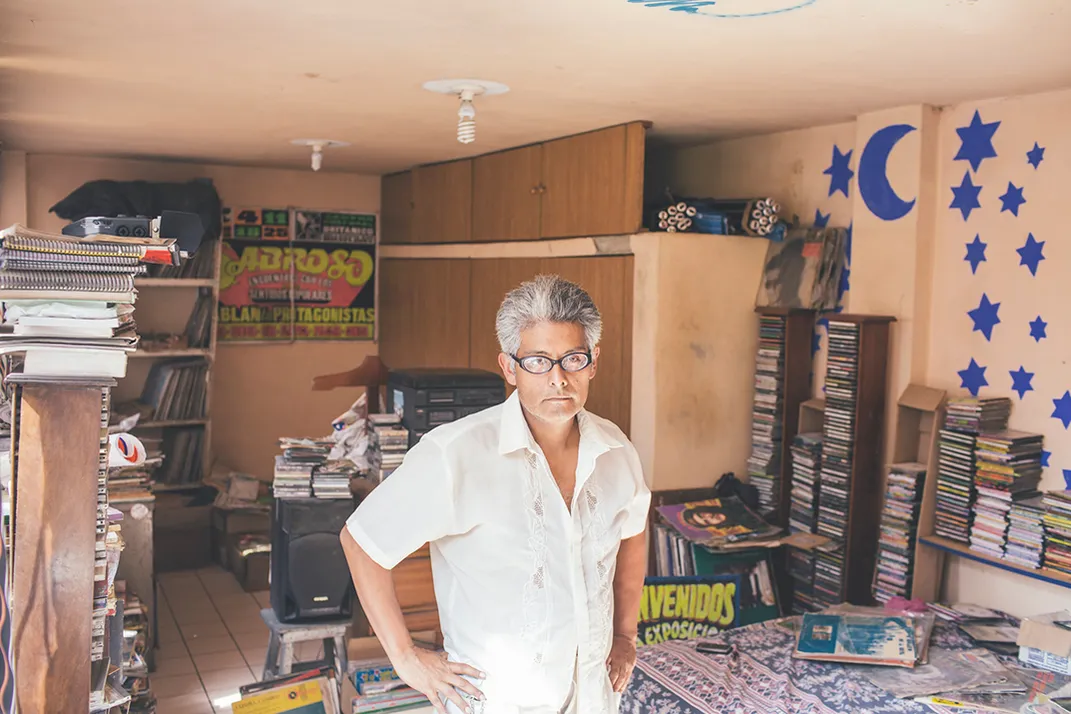
/https://tf-cmsv2-smithsonianmag-media.s3.amazonaws.com/filer/e0/b4/e0b45354-27f7-41c8-bd25-04430b7904e6/n77a8221web.jpg)
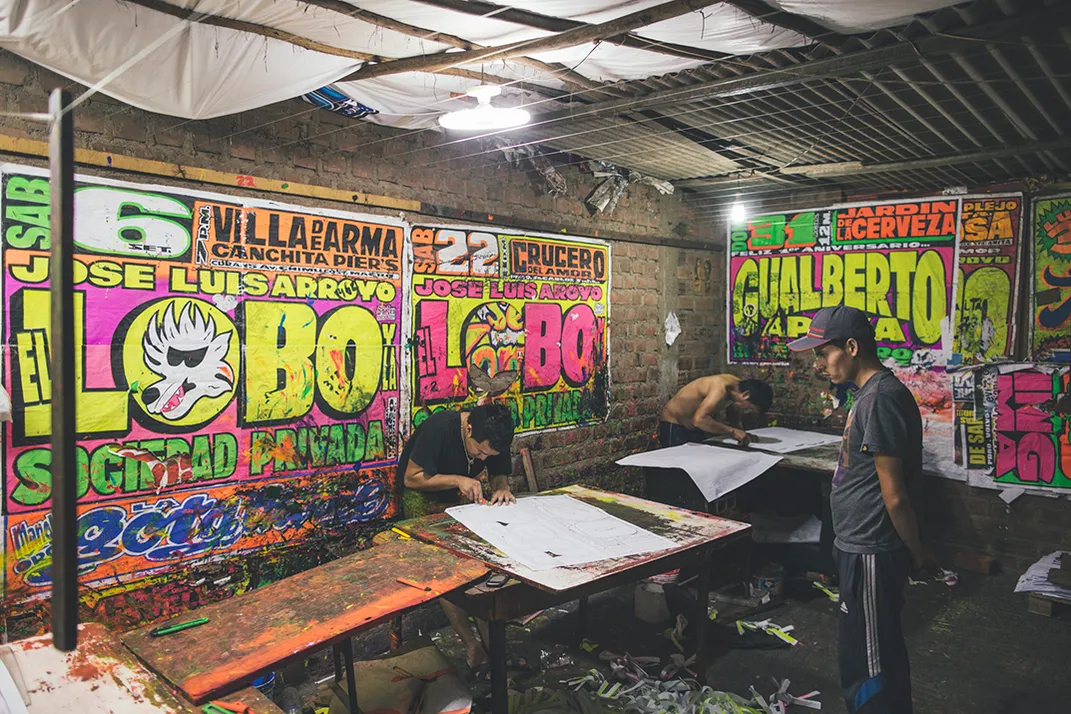
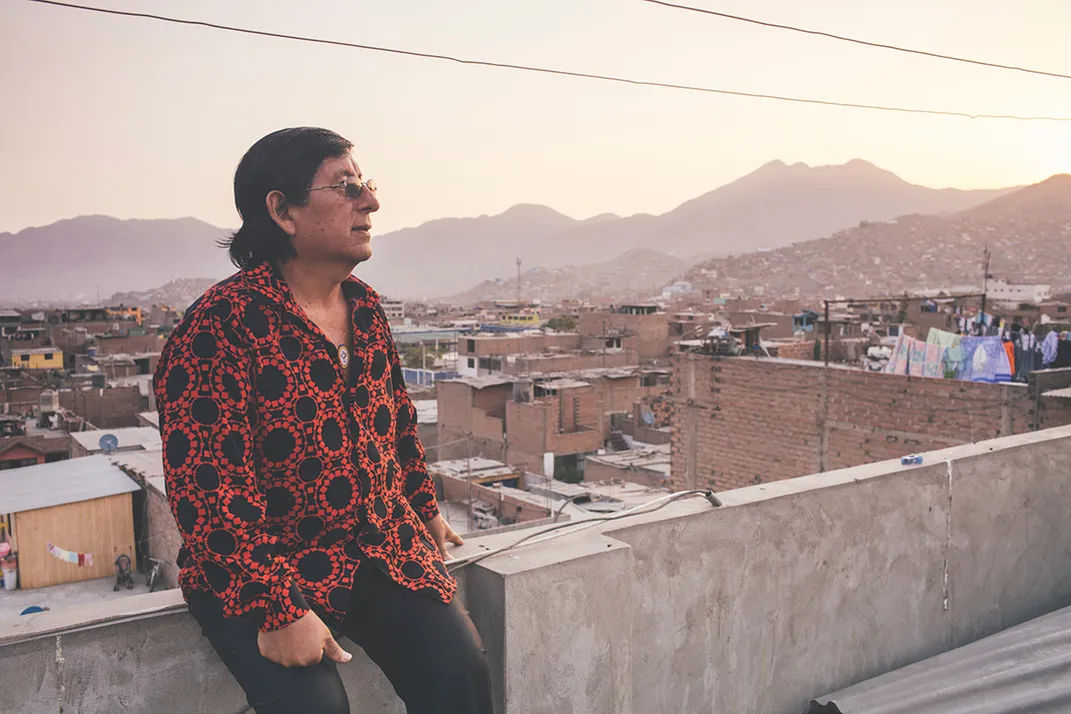
/https://tf-cmsv2-smithsonianmag-media.s3.amazonaws.com/filer/e7/4a/e74aada3-db5b-4bae-88c8-03987bb34e48/n77a8713web.jpg)
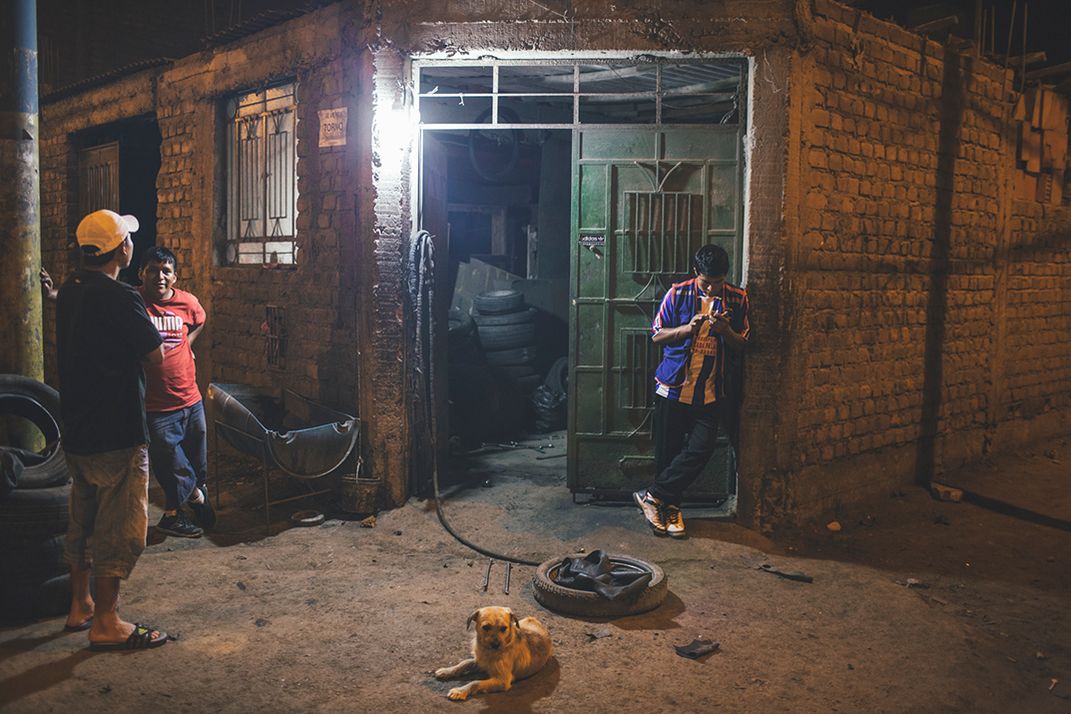
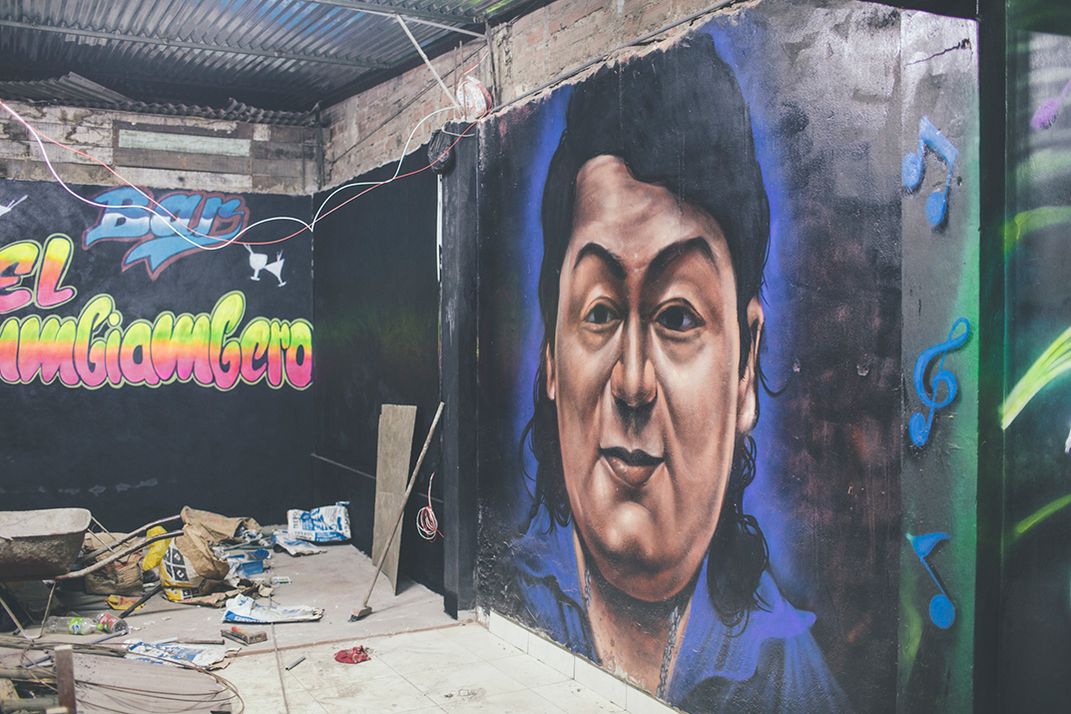
/https://tf-cmsv2-smithsonianmag-media.s3.amazonaws.com/filer/c7/67/c767761e-6f45-45fd-b4e5-a1210f4ccc67/n77a9209web.jpg)
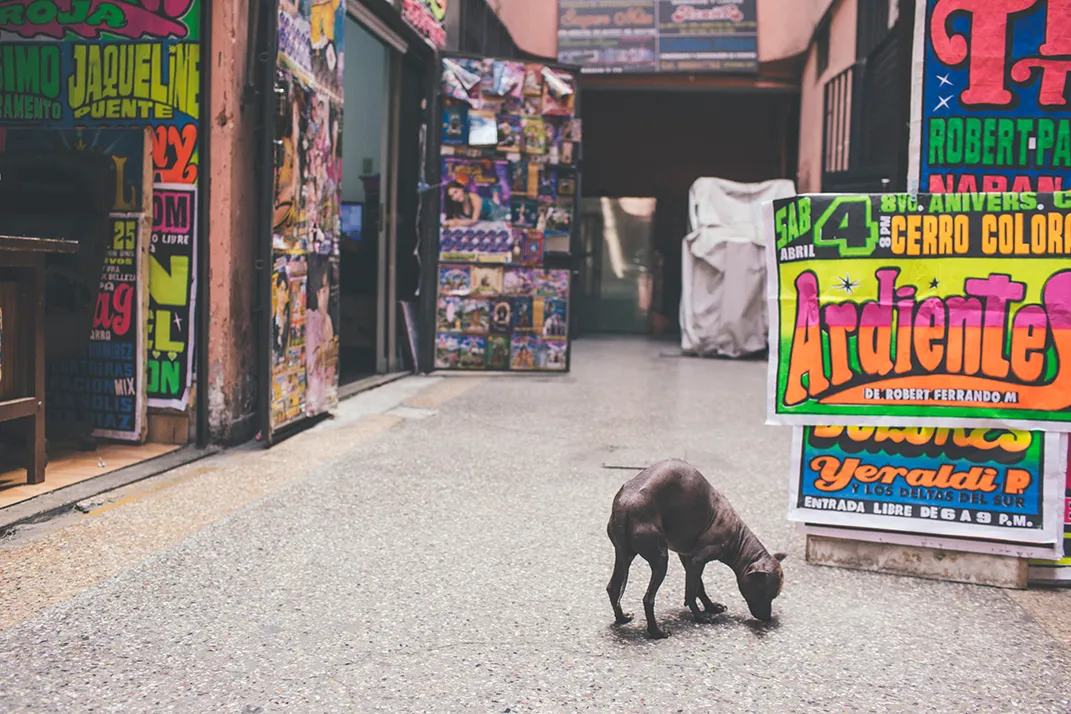
/https://tf-cmsv2-smithsonianmag-media.s3.amazonaws.com/filer/24/8c/248c934f-5012-4e41-bfef-86172971ce69/n77a9796web.jpg)
/https://tf-cmsv2-smithsonianmag-media.s3.amazonaws.com/filer/b2/e9/b2e920c8-7d03-43d6-aa7b-495d1b73a06d/n77a9425web.jpg)
